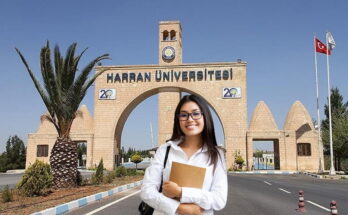Table of Contents
CS604 Handouts pdf
Course Category: Computer Science/Information Technology CS604 Handouts pdf
CS604: Operating System Handouts (PDF)
Operating System (OS) is software that manages computer hardware, software resources, and provides general computer programming services. It is a program that, after loading the computer with a boot program, manages all other applications on the computer. CS604 Handouts pdf
Course Outline
Introduction, Single-user systems,Operating system components and services, Operating system structures, Process concept, Inter-process communication (IPC) and process synchronization, UNIX/Linux IPC tools and associated system calls, Use of FIFOs in a program, Thread models, Schedulers, Dispatcher, Algorithm evaluation, Process synchronization, The Critical Section Problem, The Bakery Algorithm, Deadlock and Starvation, Deadlock handling, Detections and Recovery, Memory management, Paging, Memory Management in Intel 80386, Virtual Memory, Demand Paging, , Page Fault, Belady’s Anomaly, Stack Replacement Algorithms, Thrashing, File Concept, Directory Structure, File System, Mounting, File Sharing and Protection, Space Allocation Techniques, Disk Structure and Scheduling, Free Space Management. CS604 Handouts pdf
Join VU assignment solution groups and also share with friends. In these WhatsApp groups, we send solution files, VU handouts, VU past papers, and links to you. To join WhatsApp groups click the below links.
ALSO, SEE:
FINAL TERM PAST PAPERS MEGA FILES
MUST JOIN VU STUDY GROUPS

CS604 HANDOUTS
CS604: Operating System
What is an Operating System?
There are two opinions on this. Looking up and down is a program that acts as a link between the computer user and the computer hardware, and makes the computer program easy to use. It is because of the operating system that computer system users do not have to deal with computer hardware to get their work done. Users can use simple commands to perform a variety of tasks and allow the operating system to perform the complex task of interacting with computer hardware. Therefore, you can use a command like copy file1 file2 to copy’file1 ‘to’file2’ and allow the application to connect to a disk controller containing (a) two files.
Single-user systems
A computer system that allows only one user to use a computer for a period of time is known as a single-user system. The goals of these programs are to increase user usability and responsiveness, instead of increasing CPU usage and surrounding devices. Single-user systems use I / O devices such as keyboards, mice, display screens, scanners, and small printers. They can use technologies designed for large operating systems. Usually, people only use a computer and do not need advanced CPU usage and computer security features. It may use different types of applications, including DOS, Windows, and MacOS. Linux and UNIX operating systems can also work in single-user mode.
Batch Systems
The first computers were large machines running from console with reading cards and tape drives such as input devices and line printers, tape drives, and card buttons as output devices. The user did not directly interact with the system; instead, the user modified the function, (which included system, data, and other control information about the work environment in the form of control cards) and forwarded this to the computer operator. The job was to punch cards, and in time the result was produced by the system — the user could not work with his work. The output includes the program result, as well as the memory cache and registry content for debugging.
Time-sharing systems
The time-sharing system is a multi-user, multi-process, and interactive system. This means that it allows multiple users to use the computer at the same time. The user can use one or more processes simultaneously and interact with his or her processes. The time allocated system uses multiprogramming and CPU configuration to give each user a small portion of the allotted computer. Each user has at least one memory system. To get the best response time, tasks may need to be changed and removed from the main memory. UNIX, Linux, Windows NT Server, and Windows 2000 server periodic sharing programs. We will discuss the various aspects of time-sharing programs throughout the lesson.


